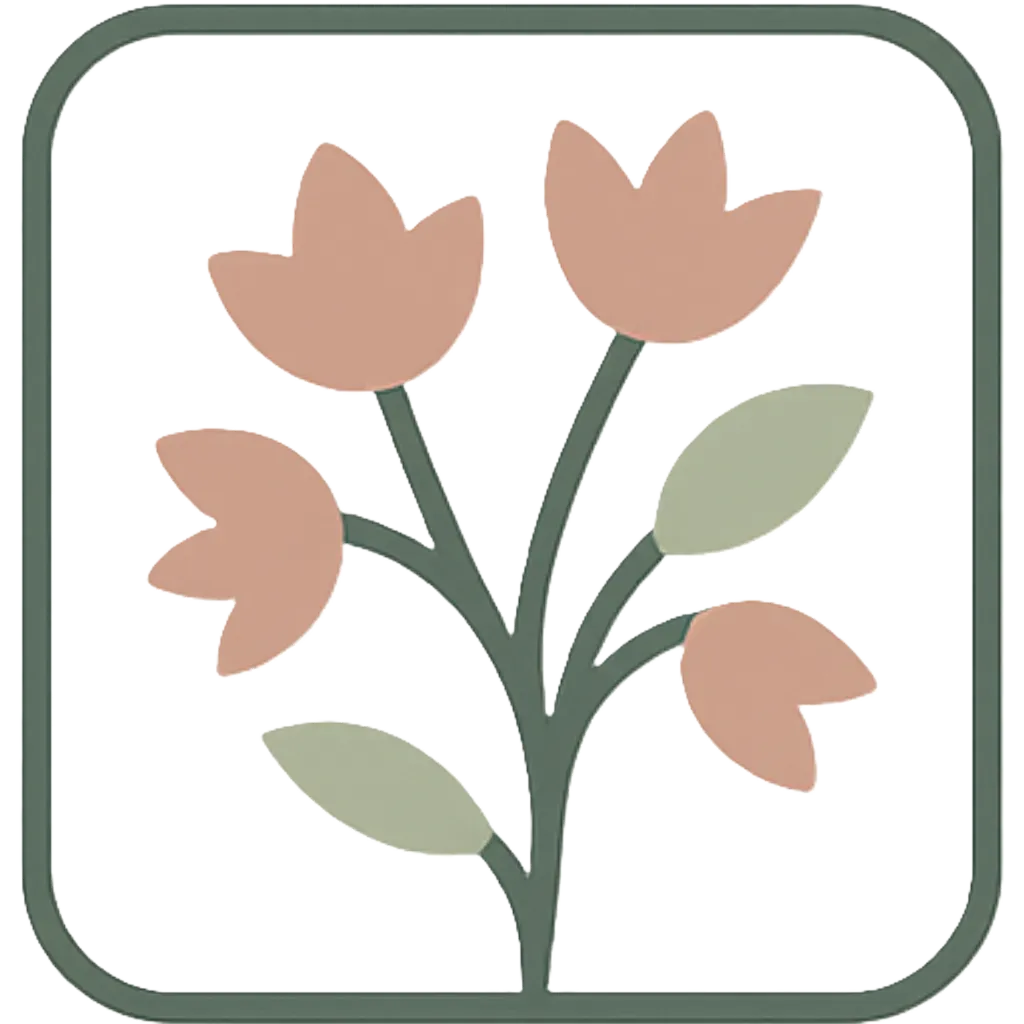Introduction
Lagerstroemia Subcostata, also known as the Chinese Crape Myrtle, is a species of flowering plant native to China. It belongs to the family Lythraceae and is known for its beautiful clusters of pink, purple, or white flowers that bloom in the summer. In this glossary, we will explore the characteristics, cultivation, and uses of Lagerstroemia Subcostata in more detail.
Characteristics
Lagerstroemia Subcostata is a deciduous shrub or small tree that can grow up to 10 meters in height. It has smooth, gray bark and elliptical leaves that are dark green in color. The flowers of Lagerstroemia Subcostata are borne in terminal panicles and have crinkled petals that give them a ruffled appearance. The plant produces small, round fruit capsules that contain numerous tiny seeds.
Cultivation
Lagerstroemia Subcostata thrives in full sun and well-drained soil. It is tolerant of a wide range of soil types, including sandy, loamy, and clay soils. The plant is drought-tolerant once established and requires minimal maintenance. Pruning can be done in late winter or early spring to promote a more compact growth habit and encourage flowering.
Propagation
Lagerstroemia Subcostata can be propagated from seeds or cuttings. Seeds should be sown in a well-draining potting mix and kept moist until germination occurs. Cuttings can be taken from semi-hardwood or hardwood stems and rooted in a propagation medium. The plant can also be propagated by layering, where a branch is bent down to the ground and covered with soil until roots form.
Uses
Lagerstroemia Subcostata is commonly grown as an ornamental plant in gardens and landscapes. Its showy flowers and attractive bark make it a popular choice for adding color and interest to outdoor spaces. The plant is also used in traditional Chinese medicine for its astringent and anti-inflammatory properties. The bark and leaves of Lagerstroemia Subcostata are believed to have medicinal benefits and are used in herbal remedies.
Pests and Diseases
Lagerstroemia Subcostata is relatively resistant to pests and diseases, but it can be susceptible to powdery mildew, aphids, and scale insects. Regular inspection of the plant for signs of infestation is recommended, and appropriate measures should be taken to control any pest or disease problems. Proper watering and good air circulation can help prevent the development of fungal diseases.
Conclusion
In conclusion, Lagerstroemia Subcostata is a versatile and attractive plant that can be grown in a variety of settings. Its beautiful flowers, interesting bark, and medicinal properties make it a valuable addition to any garden or landscape. By understanding the characteristics, cultivation, and uses of Lagerstroemia Subcostata, gardeners and plant enthusiasts can appreciate the beauty and benefits of this unique species.
